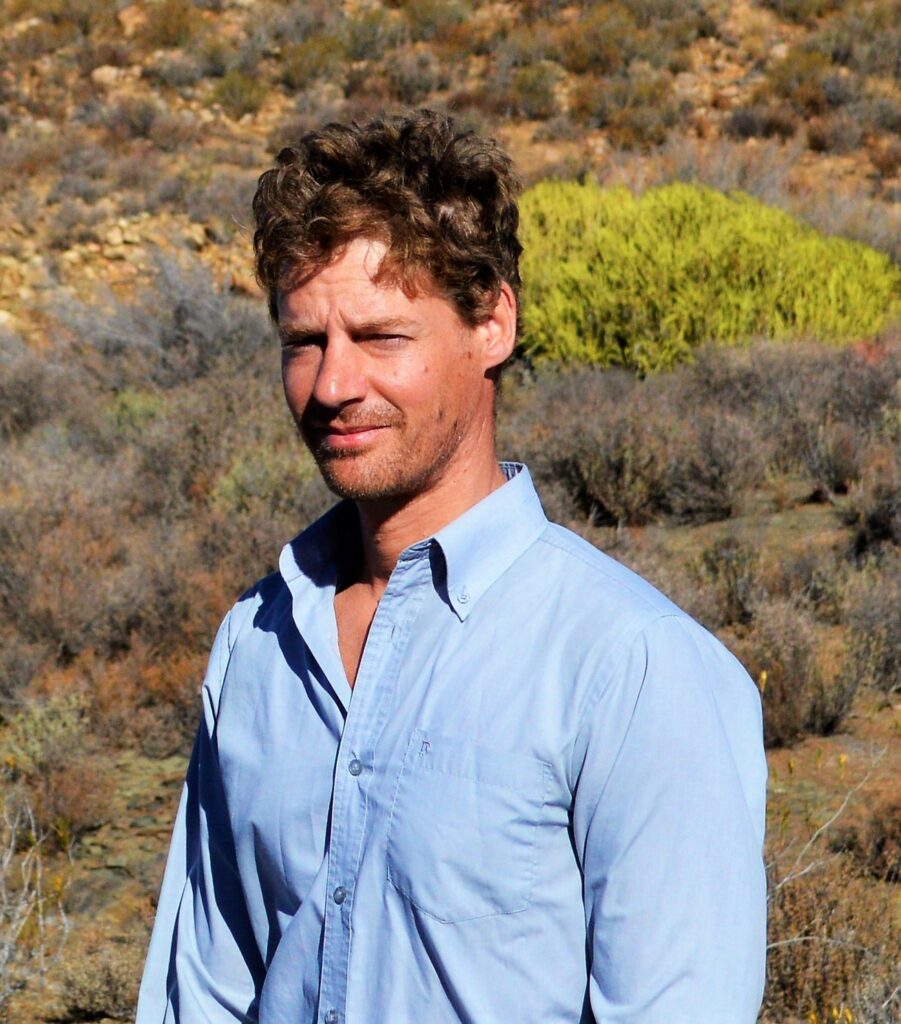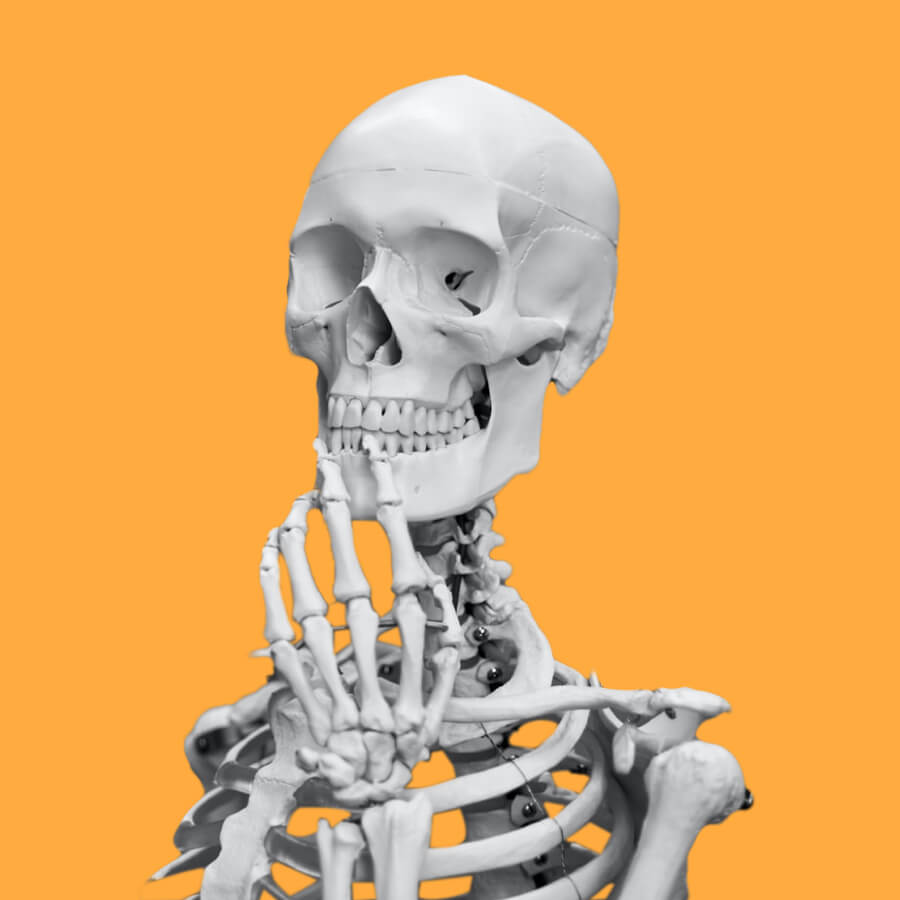Marc Van den Brandt
Postdoctoral Fellow
Evolutionary Studies Institute
University of the Witwatersrand

Biography
Marc holds a BCom and a BCom Honours degree (Information Systems) from Rhodes University, and a BSc Honours, MSc, and PhD (Palaeontology) from the University of the Witwatersrand. Marc’s MSc and PhD research resulted in a taxonomic re-evaluation of the middle Permian pareiasaurs from the Karoo Basin of South Africa (c. 262 -260 Ma ago).
For his GENUS Postdoctoral fellowship (2022-2023), Marc’s research focuses on the phylogeny, morphology, biostratigraphy and body size trends of late Permian pareiasaurs from the Karoo Basin of South Africa (c. 260 – 252 Ma ago).
Disciplines
Vertebrate Palaeontology, Phylogenetics, Parareptiles, Pareiasaurs, Cynodonts
Fields of study
Phylogeny, morphology, biostratigraphy and body size trends of late Permian pareiasaurs from the Karoo Basin of South Africa. In the Beaufort Group of the Karoo Basin of South Africa, pareiasaurs were victims of both the End-Capitanian and End-Permian extinction events and due to their relative abundance, they were an important component of Permian terrestrial biodiversity. After a long gap of nearly 100 years without receiving detailed studies, the oldest pareiasaurs from the middle Permian of South Africa, were extensively researched in my MSc and PhD degrees. In this new work, I produced new detailed anatomical descriptions, diagnoses, phylogenetic analyses, and stratigraphic occurrence ranges for all the middle Permian South African pareiasaur species. This research resulted in a taxonomic re-evaluation of middle Permian pareiasaurs as well as the proposal of a previously unrecognized monophyletic group represented by these basal forms, the Bradysauria. By contrast, the late Permian South African pareiasaurs remain poorly understood, even though they account for almost one-third of all pareiasaur taxa globally. Existing descriptions and phylogenetic analyses are outdated when compared with the new descriptions of the middle Permian South African genera and most other pareiasaur species. This postdoctoral project is to better understand late Permian South African pareiasaur diversity, and particularly to enhance understanding of the anatomy, phylogeny, and stratigraphic range of Pareiasaurus serridens, the three small “dwarf” pareiasaurs, and the two species of Pareiasuchus. Also, the first body mass estimates for South African pareiasaurs will provide a baseline to test the hypothesis that this species increased in size towards the end of the Permian. This postdoctoral project has significance in understanding the extinction of pareiasaurs at both the End-Capitanian and End-Permian extinctions.
